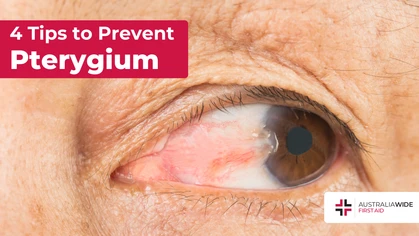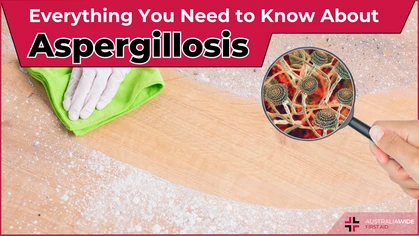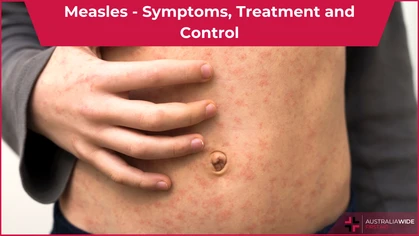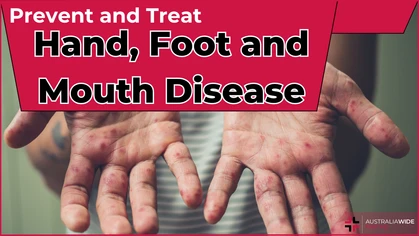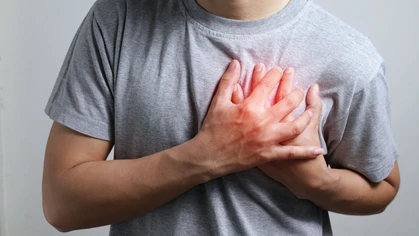Alzheimer's and Dementia: What's the Difference?

Disease
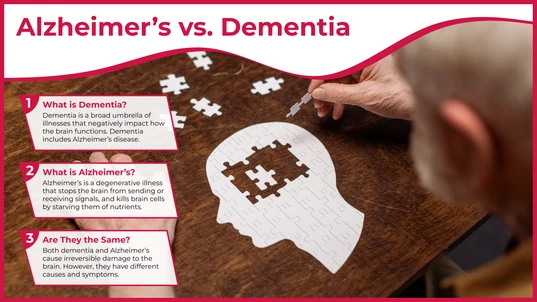
Many people use the terms Alzheimer's and dementia interchangeably. Though these conditions both cause degenerative issues in the brain, they are not the same. It is important to know their differences, so that you can take preventative action.
1 in 15 Australians aged 65 and above get diagnosed with dementia and 70% of those are diagnosed with Alzheimer’s disease. Dementia is a broad term that consists of many conditions with various causes. Alzheimer’s disease is one specific condition and is the most common cause of dementia.Introduction
Many times, you may have noticed people using the terms dementia and Alzheimer’s interchangeably. However, they do not particularly mean the same thing. The simplest way to understand them is to think of the term dementia as the broad umbrella under which many different illnesses fall under. One such disease which by far is the most common form of dementia is Alzheimer’s disease. The Australian Institute of Health and Welfare estimated that there are about 400,000 to 459,000 Australians diagnosed with dementia. 70% of those are diagnosed with Alzheimer’s disease. These numbers are expected to increase to between 550,000 and 590,000 by 2030. 1 in 15 Australians aged 65 and above get diagnosed with dementia. Although it is more common in the elderly, people in their 40s and 50s do get dementia too. It is known as younger onset dementia. Being diagnosed with dementia is not a normal phenomenon within the ageing process. In Australia, dementia is the second leading cause of death in 2018. For females, it was the leading cause of death while for males, dementia was the third leading cause of death. Today, we are going to look at both dementia and Alzheimer’s disease, as well as their differences and similarities. It is important to understand these conditions to be able to take actions and protect yourself from getting it and live life to the fullest. Dementia is a broad term that is used to describe a group of illnesses that negatively impacts the function of the brain. Some forms of dementia include Alzheimer’s disease, vascular dementia, lewy body disease, alcohol-related dementia, younger-onset dementia and many more. Alzheimer’s disease is a progressive degenerative illness that damages the brain. It is caused by amyloid plaques deposits and neurofibrillary tangles that lead to the death of the brain cells. The amyloid plaques inhibit the brain from sending messages or signals and the neurofibrillary tangles prevent the brain cells from receiving nutrients and energy, resulting in their death. The death of the brain cells causes shrinking of the outer layer of the brain which is the area responsible for memory, language and judgement.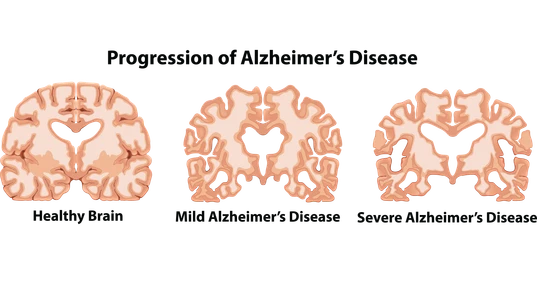
In Alzheimer’s disease, the death of the brain cells causes shrinking of the cortex which is the vital part of the brain used for memory and language.
Causes
Similar Causes
Build up of proteins and many other chemicals in the brain deprive the brain cells of nutrients, resulting in their death and causing the brain to shrink.Different Causes
Of Dementia:- Inadequate blood flow to the brain
- Binswanger’s disease (High blood pressure and narrowed arteries) - Accumulation of protein (Lewy bodies) that form inside brain cells
- Damage to the front and temporal lobes of the brain
- Gene mutations (Familial Alzheimer’s disease) - Environmental factors
- Chemical imbalances
- immune system
Symptoms
The symptoms of dementia depend on what the cause of it is because there are many causes of dementia. The early signs of dementia may not be obvious and may take a long time to be noticed. On the other hand, the symptoms of Alzheimer’s disease are more specific. Alzheimer’s disease normally begins slowly and the symptoms get increasingly worse as time goes on. The stages of Alzheimer’s disease progress from mild to moderate to severe.Similar Symptoms:
- Progressive and frequent memory loss of recent events
- Language difficulties, for instance, finding the right word and understanding conversations
- Difficulty planning and thinking logically
- Loss of interest for previously enjoyed activities
- Difficulty performing daily activities
- Disoriented, lose their sense of time and place
- Changes in mood or behaviour
Different Symptoms:
As Alzheimer’s disease progresses, the symptoms become severe. Symptoms include:- Confusion
- Hallucinations
- Aggression
- Depression
- Incontinence (loss of control of bladder)
- Apraxia (motor movement difficulty)
- Tremors
- Difficulty balancing
- High blood pressure
- Arrhythmias (irregular heartbeats)

Staying active is good for your mind and body. It increases blood flow to your brain and helps build brain cells.
Prevention
Since the causes of dementia are not fully known, there is no sure way to prevent dementia. Likewise, for Alzheimer’s disease. Your chances of getting both dementia and Alzheimer’s disease are influenced by:Non-modifiable risk factors
These are risk factors that cannot be changed. They include:- Age
- Genetics
- Family history
Modifiable risk factors
These are risk factors that can be controlled with lifestyle choices. You can reduce your risk and prevent both dementia and Alzheimer’s by looking after your:Heart health
- Control your blood pressure, glucose (sugar) level and cholesterol level - A healthy die
- Stop smoking
Body health
- Regular exercise and staying physically active increases blood flow to the brain. This helps to build brain cells and strengthen their connections. - Healthy sleeping habits
Mind health
- Stay social in the company of family and friends
- Take up a new sport and stay active
- Take up a new hobby such as painting or cooking
Treatment
There is no cure for dementia and Alzheimer’s though the most commonly used treatment for them are medications that treat their symptoms and slow down their progress. Medicines can help with the following symptoms:- Memory and thinking: Cholinergic inhibitors work temporarily by increasing the level of acetylcholine (brain chemical) in the brain that helps to restore communication within the brain cells.
- Depression: Some people may experience clinical depression and may require antidepressants that influence the neurotransmitters (brain chemicals) in the brain to improve mood.
- Agitation and hallucinations: Medications that belong in the antipsychotic class of drugs are used to treat these behavioural symptoms. However, it can cause some side effects that increase the risk of stroke in some people.
- Anxiety: Antipsychotic medications and benzodiazepines (antidepressant medicines) are used to treat depression and panic attacks.
- Sleeplessness: Some medications can make it hard to fall asleep at night. Thus, sleeping pills help to treat insomnia. This can become counter-productive as you can grow dependent on it, reducing its effectiveness.
Originally published at
https://www.australiawidefirstaid.com.au/resources/alzheimers-and-dementia-whats-the-difference
as part of the Australia Wide First Aid Articles Library
